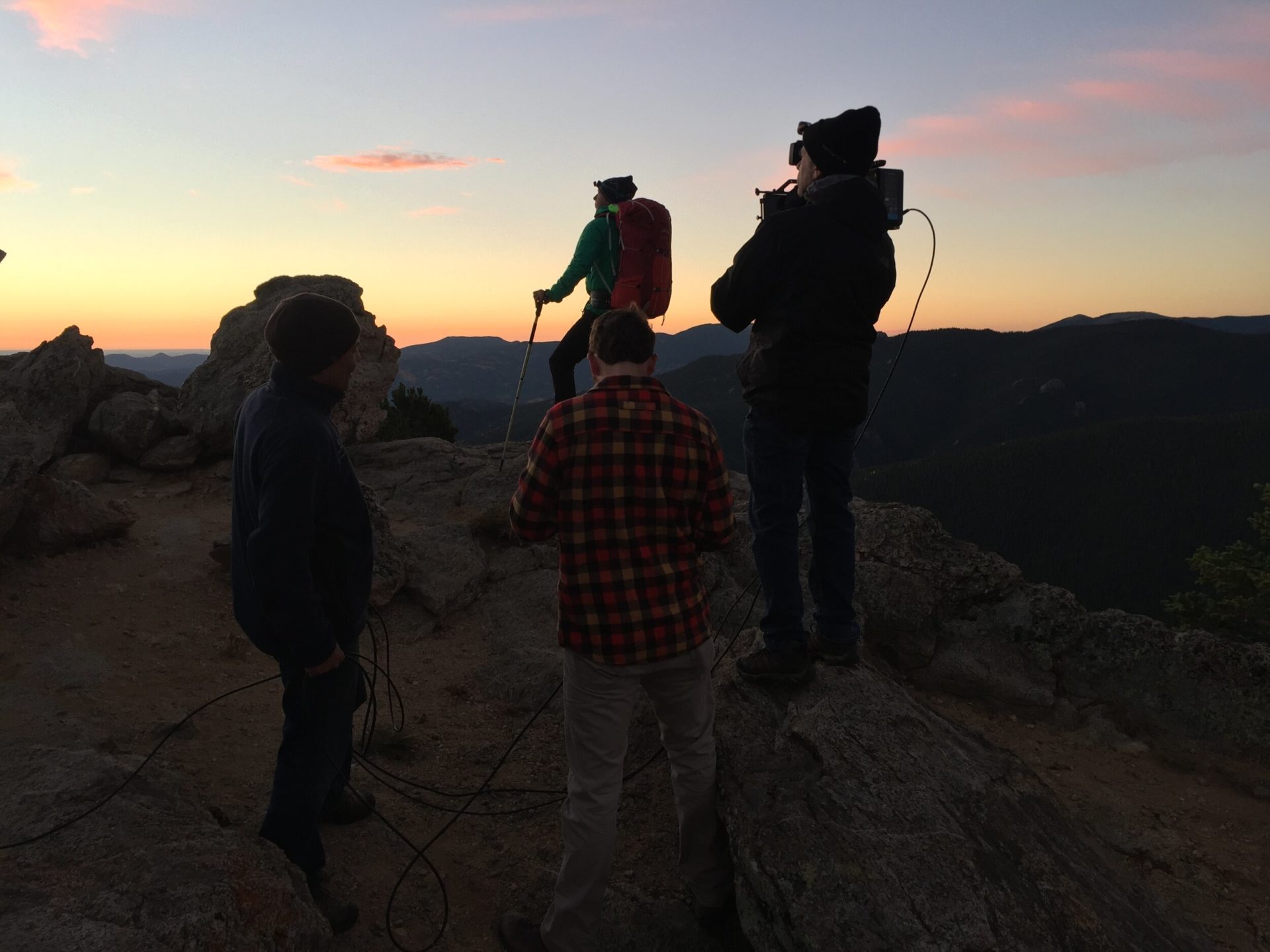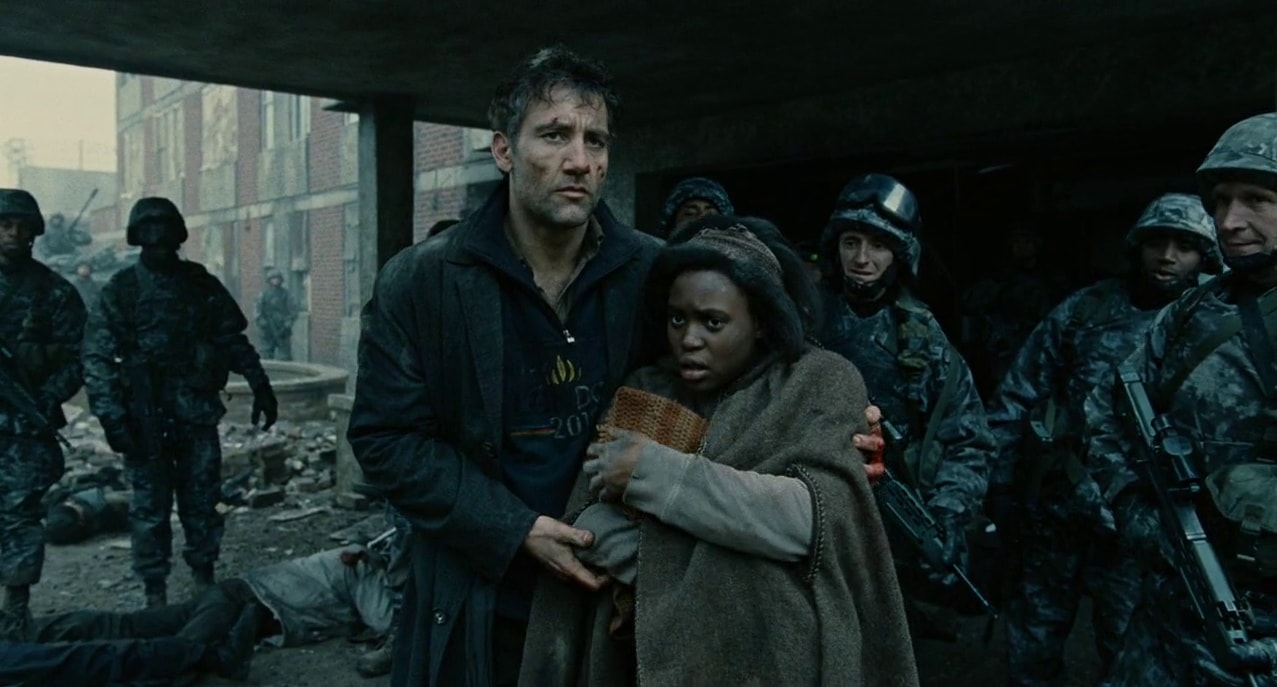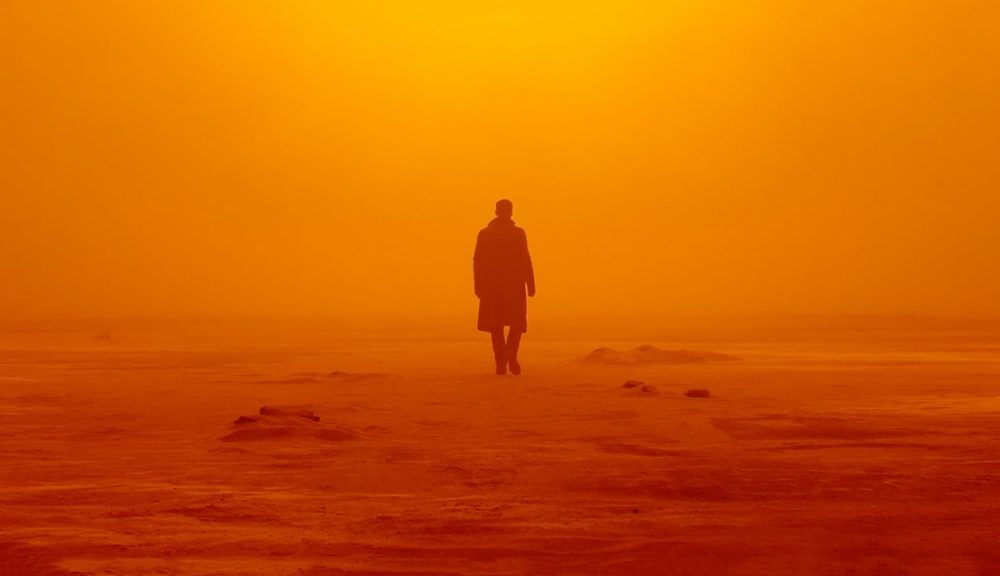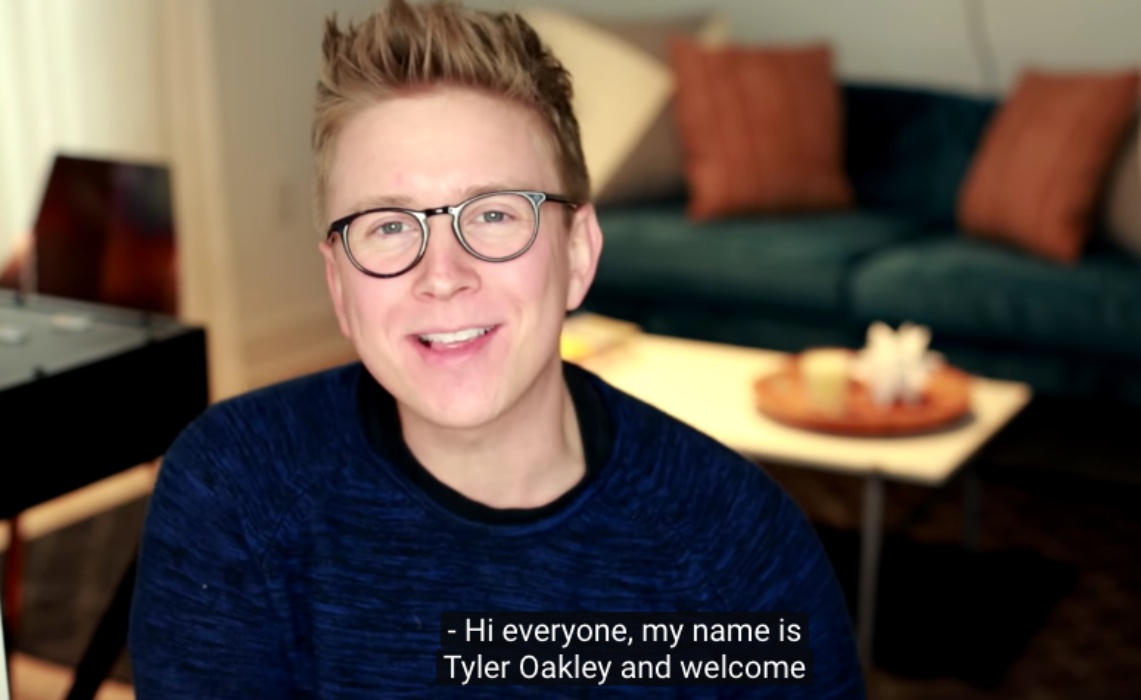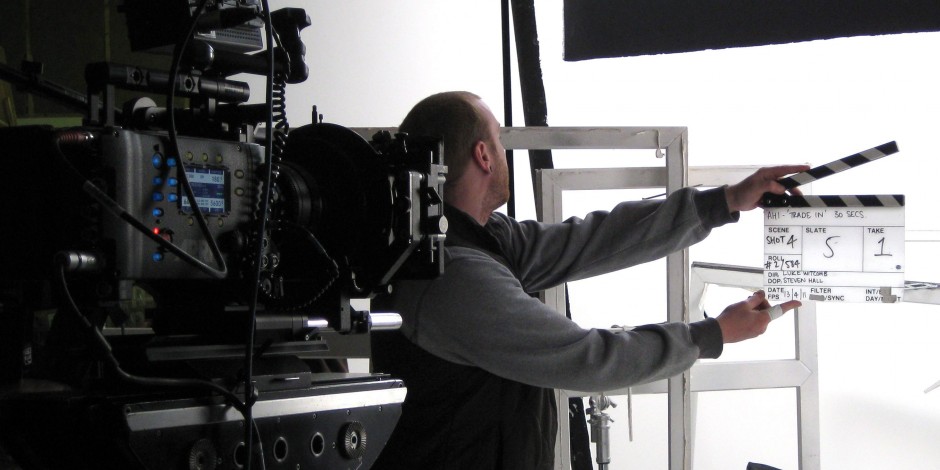Now that the weather’s warming up, why not film some of your next video outside? Indeed, some of the best online videos are created right in your own backyard, on the streets of a city, or in a park. Basically, anywhere the lighting is good and the ambience is interesting.
We’ve put together a list of useful tips for using these factors to your advantage. Use them to get the most out of your outdoor filming efforts! Keep reading to get the tips.
1. Use the sun as a backlight.
By placing your subject between you and the sun, you can achieve a backlit or “halo” effect that emphasizes the outline of your subject. This can be a desirable effect for romantic or emotionally charged scenes. As a bonus, the subject doesn’t have to squint into the sun.
This technique works best when the sun is at a 45 degree angle. If it’s too low, you risk getting lens flare, so try this after midday. Find out more about how lighting works for video in our recent post.
2. Use the “golden hours” of daylight.
Another option, depending on the look and feel you’re going for, is to film when the sun is low in the sky. Roughly an hour after sunrise and an hour before sunset, the sunlight turns golden.
This magical time is referred to as the “golden hour” because nearly everyone and everything looks better in this lighting. Filming with the sun at your back will give your subject a rosy glow.
3. Use a wide aperture.
By manually selecting a wide aperture and zooming in on your subject, you’ll be able to blur the background and sharpen the image of your subject. This is a nice way to visually create ambience without distracting from the subject.
This is particularly important outdoors because it will help minimize the impact of any unwanted movement in the background. By limiting visual distractions, you’ll keep the focus on your subject.
4. Use a microphone.
Perhaps this goes without saying, but outside environments tend to have ambient noise. This can negatively impact the sound quality of your recording.
To solve this problem, use a clip mic or a boom mic—both of which you can place close to the person speaking—to make sure the focal sound is the speaker, not the background. You can find out more about getting the best sound in your video in our recent blog post on the topic.
5. Use filters.
Most cameras these days come with a variety of filters that will eliminate the slight annoyances of outdoor filming that can be distracting, like reflections and glare. A UV filter, for example, will reduce glare, while a polarizing filter will reduce reflections from water and windows.
Read your manual to find out what filters your camera has, and use them! If your camera didn’t come with any, don’t fret. You can often fake this in post production, or buy specialty filters for your camera.
6. Avoid autofocus.
Shooting outdoors often means that there will be several objects in your depth of field, such as buildings, trees, etc. This can confuse the autofocus.
If you’re not careful you’ll end up with footage that keeps focusing on the trees behind your subject, and blurring your subject. Always try to use the manual focus when you’re shooting outdoors to keep this from happening.
Do you have any tips to add to the list? We’d love to hear them. Feel free to leave them in comments below, or give us a shout via Twitter

